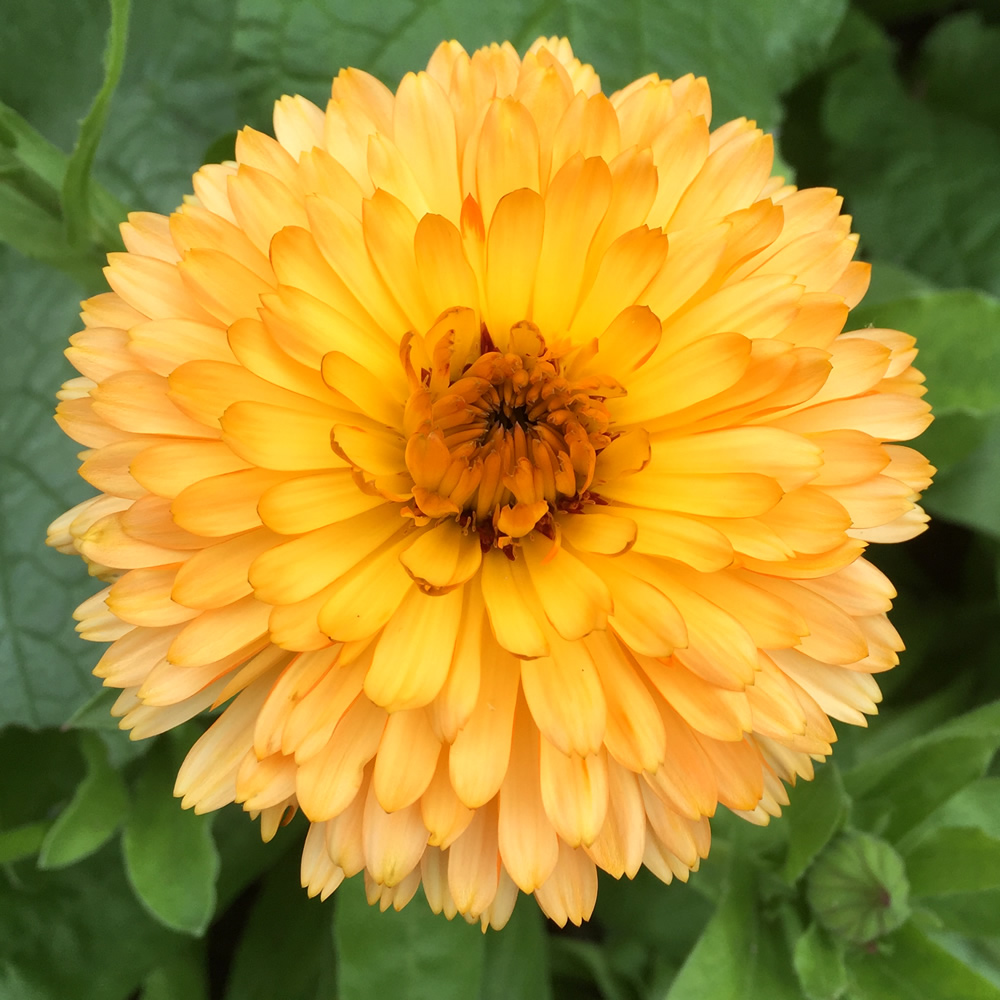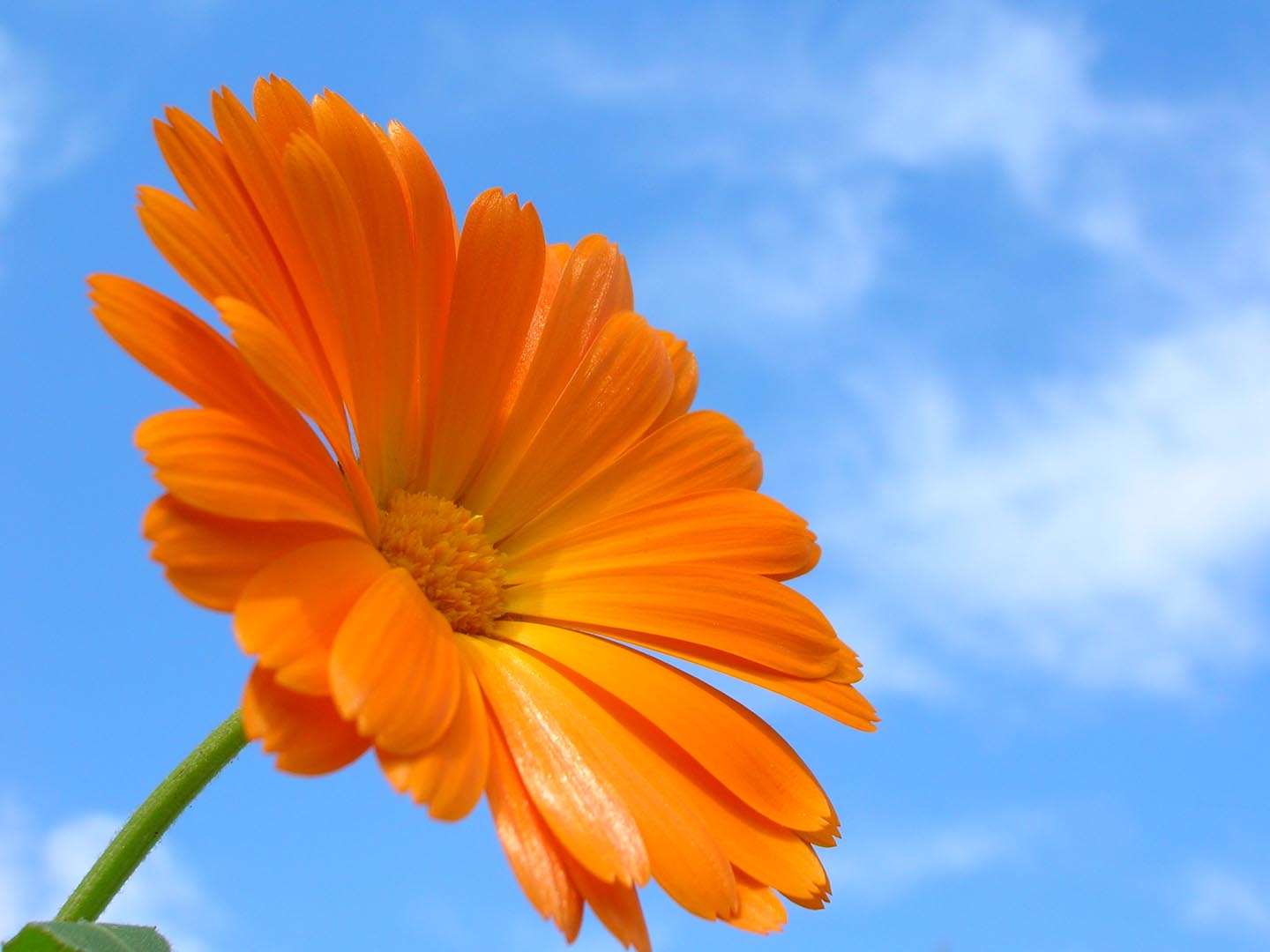The Radiant World of Edible Calendula flowers
Calendula flowers, with their vibrant golden and orange hues, are more than just a beautiful addition to your garden. They’re a versatile and edible flower that has been used for centuries in both culinary and medicinal practices. From adding a pop of color to salads to being used in soothing teas, calendula offers a range of benefits and uses.
A Brief History of Calendula
Calendula’s history stretches back to ancient times, with records of its use in traditional medicine and culinary practices in various cultures. It was often used for its purported healing properties and its ability to add color and flavor to dishes.

Identifying Edible Calendula
Not all calendula varieties are edible. The most common and safe type for consumption is Calendula officinalis, also known as pot marigold. It’s important to correctly identify Calendula officinalis before using it in your cooking.
Growing Your Own Calendula
Calendula is a relatively easy plant to grow, making it a great addition to any garden. They prefer full sun and well-drained soil. Regular deadheading encourages more blooms, ensuring a continuous supply of these vibrant flowers.

Harvesting and Preparing Calendula Flowers
Harvest calendula flowers in the morning after the dew has dried. Choose flowers that are fully open but not yet starting to fade. Gently pluck the petals from the flower head, discarding the green base.
Culinary Uses of Calendula
Calendula flowers can be used in a variety of culinary applications:

Salads: Add a sprinkle of calendula petals to your salads for a touch of color and a subtle flavor.
Health Benefits of Calendula
Calendula has been traditionally used for its potential health benefits, although scientific research is still ongoing. Some of the purported benefits include:
Skin Health: Calendula is often used in creams and ointments for its potential to soothe skin irritations and promote healing.
Precautions and Considerations
While calendula is generally considered safe for consumption, there are a few things to keep in mind:
Allergies: People with allergies to other members of the Asteraceae/Compositae family (such as ragweed or daisies) may also be allergic to calendula.
Adding Calendula to Your Daily Life
Whether you’re growing them in your garden, adding them to your culinary creations, or using them for their potential health benefits, calendula flowers offer a touch of sunshine and versatility to your life.
Exploring Different Calendula Varieties
While Calendula officinalis is the most common edible variety, there are other types of calendula that may also be edible. However, it’s crucial to research and confirm the edibility of any calendula variety before consuming it.
The Symbolism of Calendula
Throughout history, calendula flowers have been associated with various symbolic meanings, including joy, warmth, and resilience. Their vibrant colors and cheerful appearance often evoke positive emotions.
Calendula in Arts and Crafts
Calendula flowers are not just for culinary or medicinal use. They can also be used in arts and crafts projects, such as creating natural dyes, potpourri, or floral arrangements.
Sustainable Calendula Cultivation
When growing calendula, consider sustainable gardening practices. Avoid using harmful pesticides and fertilizers, and practice companion planting to attract beneficial insects.
The Future of Calendula Research
Scientists continue to explore the potential health benefits of calendula. Future research may reveal more about its therapeutic properties and potential applications.
Embracing the Beauty and Benefits of Calendula
Calendula flowers, with their vibrant beauty and diverse uses, offer a wonderful way to connect with nature and enhance your well-being. Whether you’re a gardener, a cook, or simply someone who appreciates the beauty of flowers, calendula has something to offer.
Calendula: A Gift from Nature
Calendula flowers are truly a gift from nature, offering a combination of beauty, flavor, and potential health benefits. By incorporating calendula into your life, you can experience the joy and versatility of this remarkable flower.
edible calendula flowers
